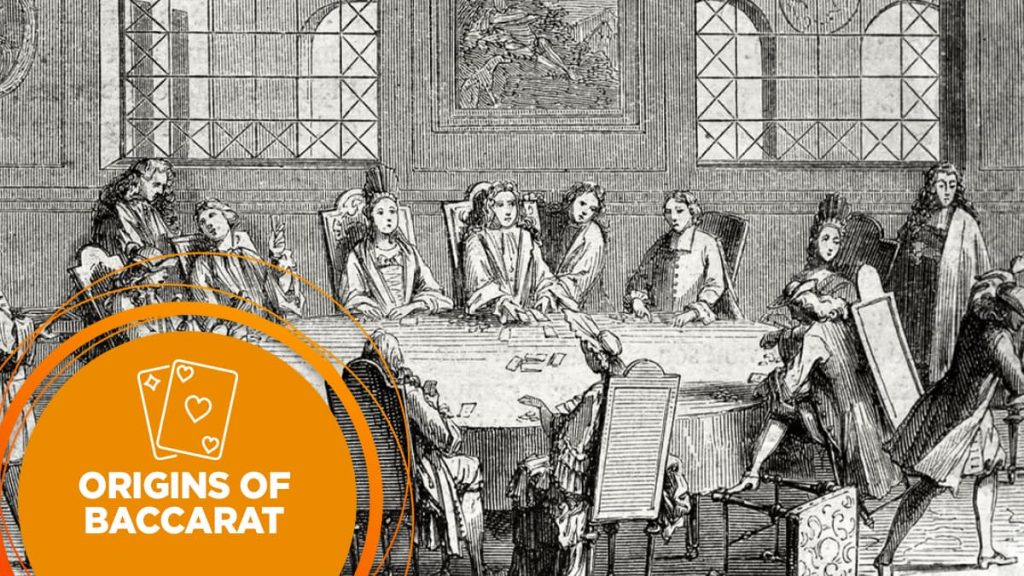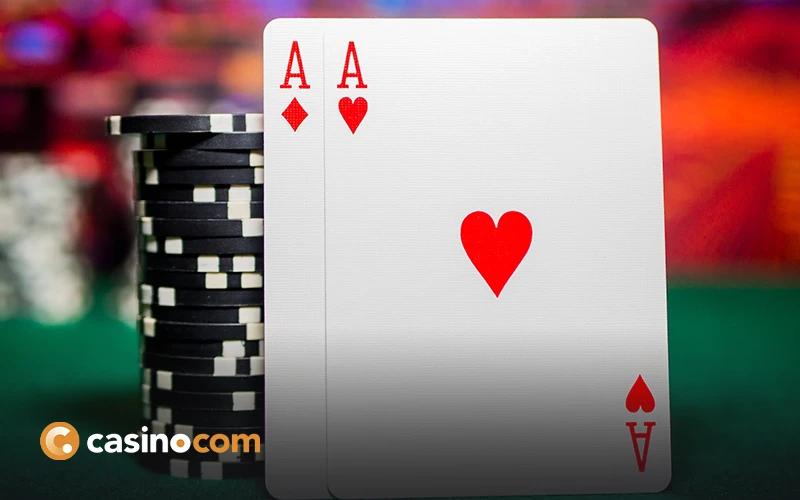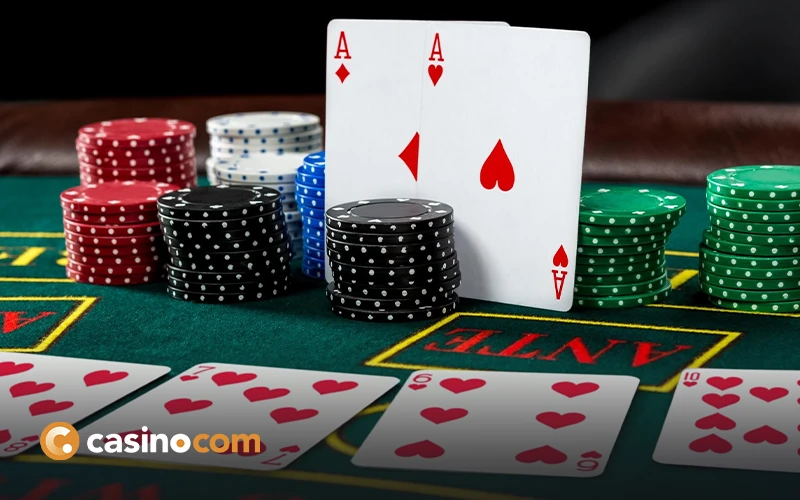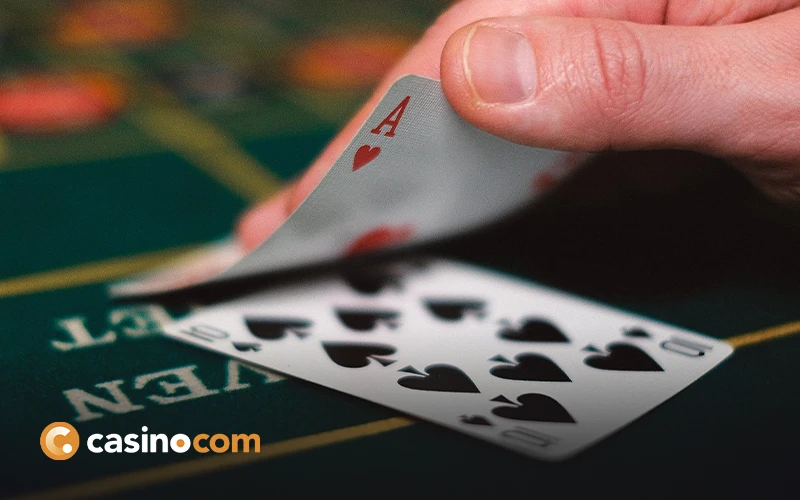Perhaps best known as a relative of the more popular game of blackjack in Europe and North America, baccarat is actually one of the most popular games in Asia. A lot of this has to do with the luck-driven gameplay and lack of complicated rules, rather than the emphasis on the strategy that many laud for blackjack.
For several years, baccarat has been an essential driver of revenues in Macao and Las Vegas. In 2013, VIP baccarat tables brought in 48.2 per cent of table revenue on The Strip. In Q3 of 2020, 73 per cent of Macau’s gaming revenue came from VIP baccarat. As you can see, particularly with high-rollers, baccarat’s a big deal.
Even with its standing as a major casino table game, the origin of baccarat is somewhat murky. There’s very little concrete evidence to point to the exact origin of this popular game, but there’s enough evidence from history to point us in the right direction.
Possible Ancient Origins of Baccarat
China’s Potential Influence
The history of baccarat proper doesn’t tend to tentatively start until the 1300s, but that doesn’t mean that this baccarat origin story doesn’t begin further back in time. It’s possible that the card game is derived from the ancient tile game of Pai Gow, from China. As Pai Gow means ‘make nine,’ similarities can be drawn.
These days a descendent of that Chinese original – Pai Gow Poker – is growing ever more popular and can today be found in a large number of online casinos.
Rome’s Vestal Virgin Test
Another non-card game that may have inspired the creator of baccarat could be the ancient Rome vestal virgin test. Certainly not considered a game by those playing, vestal virgins would need to roll six or higher to survive, with an eight or nine roll on the dice meaning that they could go on to become a high priestess.
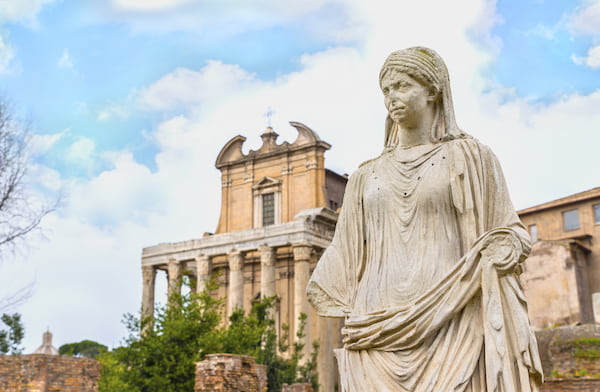
The use of nine in these games could just be put down to humanity’s fondness of the number. In India, there are nine influencers in Indian astrology, and nine has very strong associations with the Chinese dragon. In Egyptian mythology, nine deities formed the Ennead to determine its ruler, and Xibalba – the underworld of Mayan belief – had nine levels. Finally, Norse mythology states that there are nine realms in the universe.
As such, the link of nine for an ancient baccarat origin story can be described as a coincidence.
The Origin of Baccarat in Italy
There’s a fair amount of evidence for the theory that baccarat history, and in fact the history of all card games, begins in Italy. The Italian card game of Tarrochi – related to what we no know as tarot cards – is often seen as the predecessor to all card games and so must appear in the lineage of baccarat. A game called Macao played in the 1700s bears more similarities to modern baccarat though, and in fact is sometimes known as ‘Italian Baccarat’.
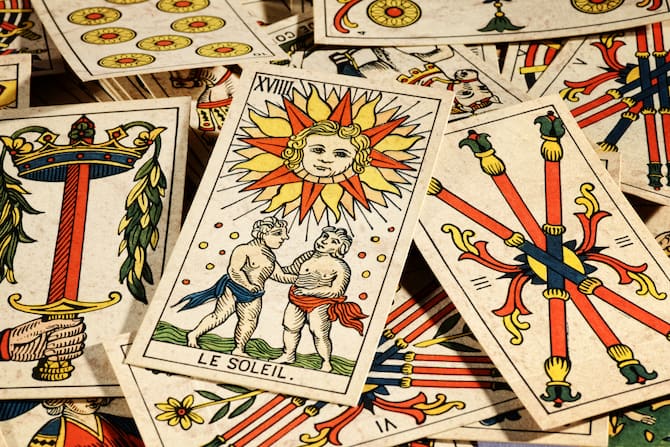
Now, many cite Italian Felix Falguiere as the starting point in the tale of baccarat’s history. In this game, which was coined ‘baccara’ at the time, tens and face cards were assigned a value of zero, but each of the four players in the game would take turns being the banker. It wasn’t long until baccara moved to the gambling capital of Europe, France.
It is presumed that soldiers returning from Italy brought the card game back with them in the late 15th century, and that over time it evolved into two popular games in France. First there was the three-person game of Baccarat en Banque, and then later Chemin de Fer emerged as a two-person game.
Still, it wasn’t until 1847 that we had our first documented mention of baccarat in the Album des Jeux, by Charles Van-Tenac, which provided a mathematical analysis of the game, proving that baccarat history began before the mid-1800s at least. Even if this is seen as the origin of baccarat, the game played then isn’t quite the same as the one that’s popular now.
The first time that the word ‘baccarat’ appeared in print in an English-speaking country was in January 1886, when it was mentioned in the Daily Telegraph newspaper in the UK.
The Origin of Baccarat as We Know it Today
The most popular form of baccarat today is that of Punto Banco, with banco of course translating to ‘banker’ (as outlined in our extensive baccarat glossary), which was only introduced to the mass gaming market of Las Vegas in 1959. At the time, Chemin de Fer was prevalent, but the Tommy Renzoni-version of the game took off.
The baccarat origin of this game is said to be Argentina’s Mar del Plata casino, being developed less than a decade before it arrived in Sin City. However, house-banked baccarat was also played in Cuba’s capital, Havana, in the 1940s. It’s this baccarat that features 1:1 returns and a 0.5 per cent commission on banker bets.
The record for the biggest win in baccarat history was set by Aiko “The Warrior” Kashiwagi, who won a cool $6 million in the Trump Plaza Casino in Atlantic City by betting $200K per hand. Unfortunately for Aiko, he also held the record for the biggest losing streak on the game too, set when he blew $10 million on high-stakes versions of the same game in the same casino.
Evolutions of Baccarat in the Digital Age
The history of baccarat entails many twists, turns, and influences from around the world. Still, it’s in the digital age that the standardised form of Punto Banco has been able to evolve. Some individual casinos have implemented side bets, but the biggest space for this kind of expansion has been in online variations of baccarat.
In video or live casino baccarat games, you can find several side bets that increase the options and odds on bets. Here are some examples:
| Side Bet Name | Odds Range | Description |
| Bellagio Match | 68/1 – 75/1 | Three cards of the same rank. |
| Big and Small | 3/2 – 2/1 | Bet on more or less than four cards being dealt. |
| Blacks or Reds | 23/1 | Bet on all cards being the same colour. |
| Royal Match | 30/1 – 75/1 | King and Queen show in first two cards. |
| Three-Card Six | 100/1 | Player and Banker both get three cards that total six. |
The origin of baccarat isn’t crystal clear, but the history of baccarat and how it’s spread across the world as a popular game of chance is fascinating.

Did you know?
One of the theories concerning the origin of the word baccarat is that it comes from the Old Italian (10th-14th century) word baccara, which meant zero. If true, baccarat is actually named after the worst hand in the game.

Previous: Baccarat Guide
Next: How to Play Baccarat

